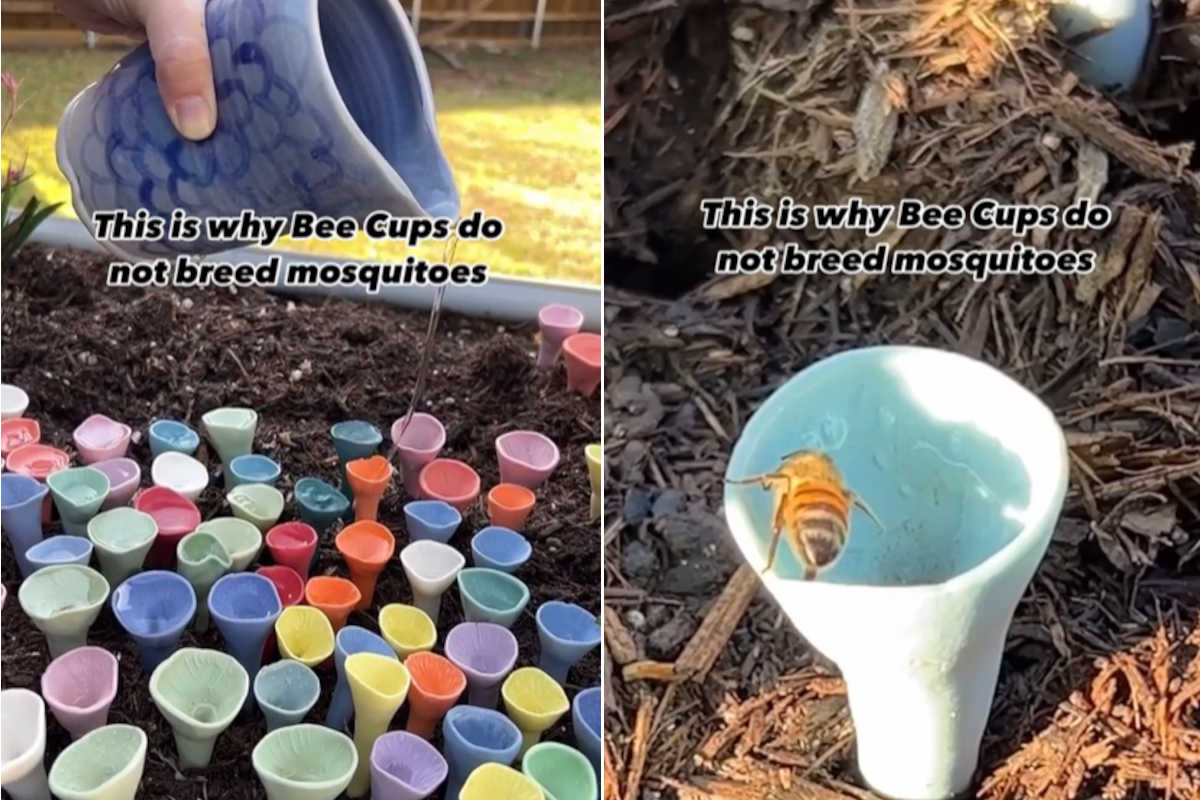Through the appropriate glasses, pollinators such as bees and butterflies can be hydrated without causing mosquitoes to proliferate: a small gesture for our planet

@bee_cups/Instagram
In the intricate world of insects, each plays a pivotal role within the ecosystem, and even seemingly minor actions can have a significant impact. Imagine yourself in a blooming garden, an ideal habitat for pollinators like butterflies and bees.
These winged creatures are essential for plant reproduction, but they need water to thrive. Here, human assistance through “bee cups” can make a difference. A teaspoon of water can provide a lifeline, offering an oasis for thirsty butterflies and bees.
The critical detail lies in the amount of water to provide since bee cups contain just a few drops that evaporate within the day. This small act can be crucial to ensure that pollinators have access to the water they need for their survival.
Water for pollinators evaporates in hours
But what about mosquitoes, those pesky insects that often plague our days? The good news is that the act of providing water to butterflies and bees does not promote mosquito proliferation. Mosquitoes require a significantly larger amount of water for their lifecycle.
To put it in perspective, filling bee cups with a bottle cap from a two-liter bottle would still leave a considerable amount of water unused. Bee cups, however, hold only a few drops that evaporate within a timeframe ranging from 20 minutes to 12 hours, depending on humidity.
In contrast, mosquitoes need at least a bottle cap’s worth of water to lay eggs and complete their reproductive cycle. It’s a delicate balance within the ecosystem, where even a small act like providing water to butterflies and bees requires attention to detail to maintain harmony among different species.
Awareness of the specific needs of each creature, even through seemingly insignificant actions, is crucial for preserving the delicate and interconnected balance between pollinators and other insects in our environment.
